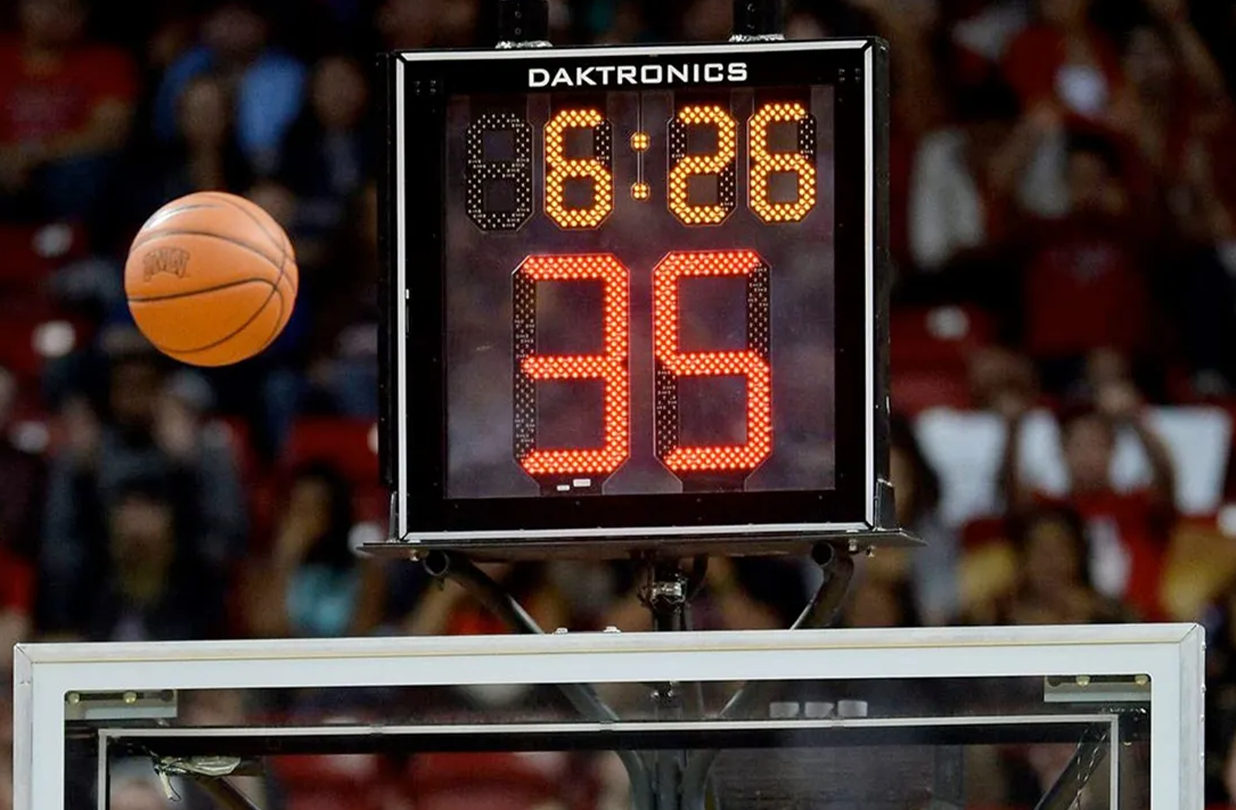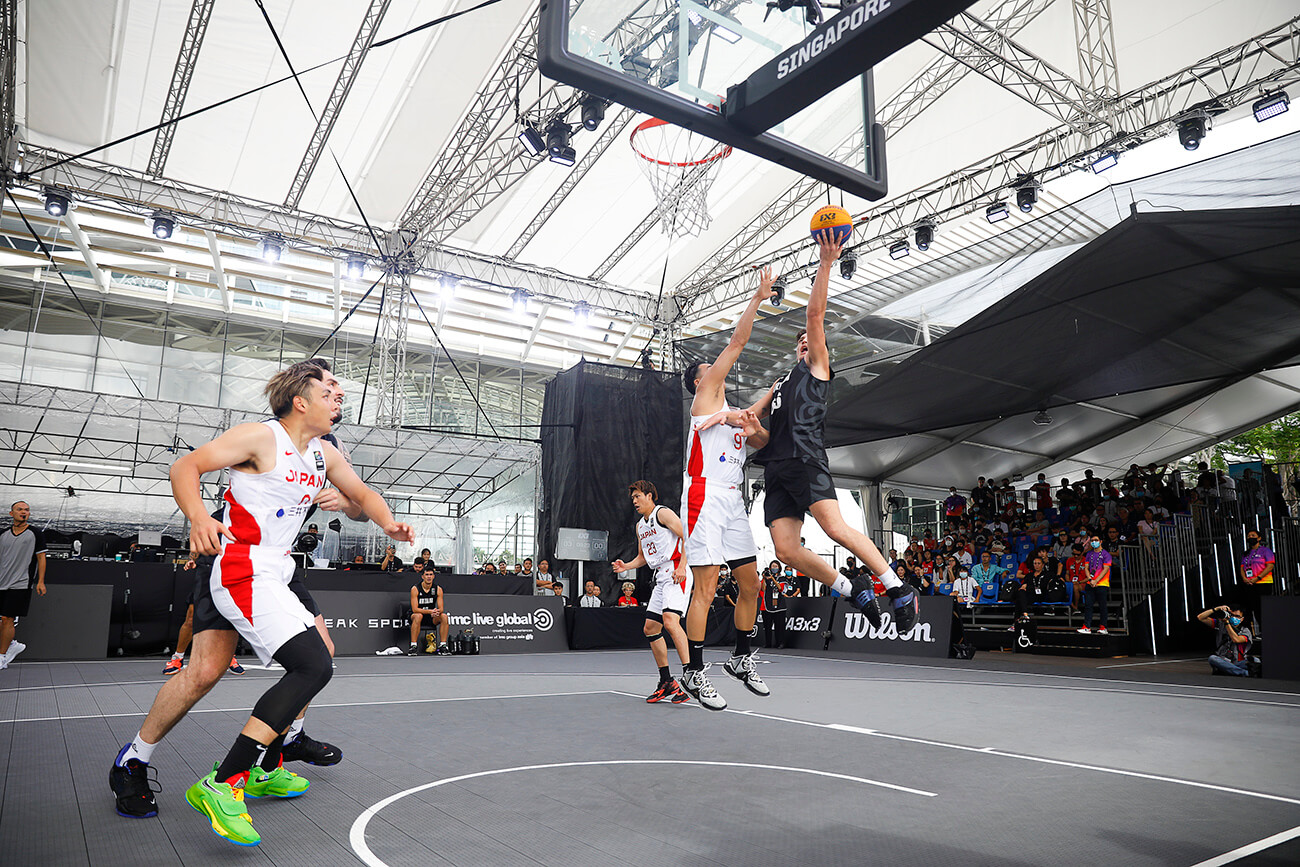The shot clock rule in basketball is one of the most significant regulations shaping how the modern game is played. Introduced in the NBA in 1954 with a 24-second limit, the rule was designed to prevent teams from stalling and holding the ball for long periods. Without it, early basketball games often ended with extremely low scores and dull pacing. The shot clock forced teams to take action quickly, creating a more engaging, fast-paced sport that rewarded strategic offense and teamwork.
Each league has its own version of the shot clock: the NBA uses 24 seconds, while NCAA men’s basketball uses 30, and FIBA competitions also use 24 seconds. If a team fails to attempt a shot that hits the rim before the clock runs out, they commit a shot clock violation, and possession is handed to the other team. This rule demands not only physical speed but also mental quickness—players must execute plays under constant time pressure.
The shot clock revolutionized basketball by encouraging ball movement, player motion, and offensive creativity. It also rebalanced the game by giving defenses a tactical opportunity to pressure offenses into poor decisions. Understanding this rule is essential for players and fans alike, as it influences everything from game flow to coaching strategies. In short, the shot clock doesn’t just limit time—it defines the rhythm and excitement of modern basketball.






